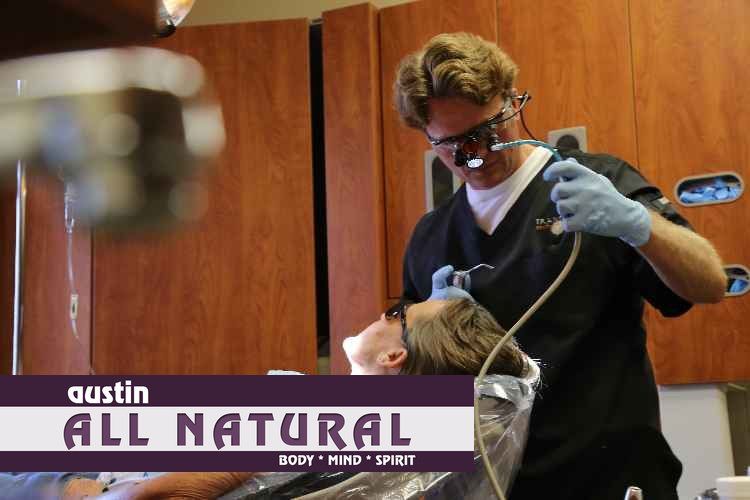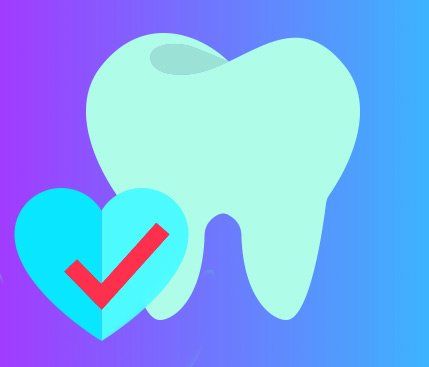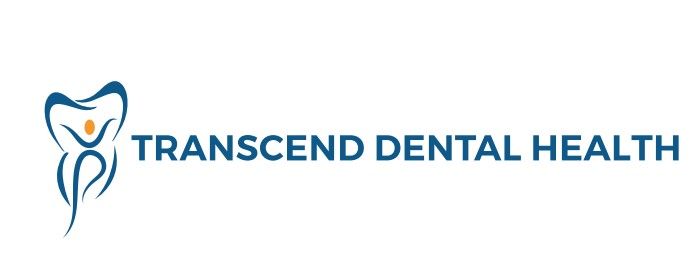Naturopathy
TDH Office • April 29, 2020
Recognizes an inherent self-healing process in people that is ordered and intelligent
The past 30 years have seen an extraordinary increase in consumer demand for safe, effective and cost-effective natural health care. Naturopathic medicine has emerged as the health-care profession best suited to meet this demand. Although it almost disappeared in the mid-twentieth century because of the popularity of drugs and surgery, naturopathic medicine now offers safe, effective natural therapies as a vital part of North American health-care systems in the twenty-first century.
Naturopathic physicians are trained in the art and science of natural health care at accredited medical colleges. Integrative partnerships between conventional medical doctors and licensed NDs are becoming more available. This cooperation makes more effective therapies available to consumers. It increases patient satisfaction in their relationships with their care providers. More people are recovering their health by adding naturopathic medicine to their health-care options.
“For example, an old appendix scar might cause migraine headaches, or a wisdom tooth extraction scar might cause chronic low-back pain. Because these relationships are totally unpredictable, doctors need to search for interference fields everywhere in the body. Interference fields are very common and the conditions that they cause are mostly untreated in mainstream medicine except by drugs, merely suppressing symptoms.” – European Injection Technique workshops; www.klinghardtacademv.com, info@klinghardtacademy.com
What is a Naturopathic Doctor?
Naturopathic physicians combine the wisdom of nature with the rigors of modern science. Steeped in traditional healing methods, principles, and practices, naturopathic medicine focuses on holistic, proactive prevention and comprehensive diagnosis and treatment. By using protocols that minimize the risk of harm, naturopathic physicians help facilitate the body’s inherent ability to restore and maintain optimal health. It is the naturopathic physician’s role to identify and remove barriers to good health by helping to create a healing internal and external environment.
Naturopathic physicians work in private practices, hospitals, clinics, and community health centers. NDs practice throughout the United States and Canada. Qualified naturopathic physicians undergo rigorous training before they become licensed health-care practitioners. Visit our Professional Education page to learn about naturopathic education.
NDs treat all medical conditions and can provide both individual and family health care. Among the most common ailments they treat are allergies, chronic pain, digestive issues, hormonal imbalances, obesity, respiratory conditions, heart disease, fertility problems, menopause, adrenal fatigue, cancer, fibromyalgia, and chronic fatigue syndrome.
NDs can perform minor surgeries, such as removing cysts or stitching up superficial wounds. However, they do not practice major surgery. NDs are trained to utilize prescription drugs, although the emphasis of naturopathic medicine is the use of natural healing agents.
Your First Visit
Our naturopathic physician will take time with you.
During your first appointment, your doctor will take your health history, find out about your diet, stress levels, use of tobacco and alcohol, and discuss why you’re there. He or she may perform an examination and order diagnostic tests. Naturopathic physicians keep themselves up-to-date on the latest scientific research and incorporate this evidence into their treatments. The naturopathic physician will work with you to set up a customized health management strategy. If necessary, your doctor will refer you to other health-care practitioners.
The first visit with a patient may last one to two hours, and follow-up visits range from 30 to 60 minutes, although this varies depending on the ND. Naturopathic physicians need sufficient time to ask questions and understand the patient’s health goals. NDs also need time to gather information, do an appropriate examination and teach his or her patients about managing their condition and improving their health. An ND may also use diagnostic tests to fully understand their patient’s health status. Besides taking the time to carefully and fully assess a patient’s root problem, NDs speak and understand the language of conventional medicine. They can diagnose the way MDs do, yet they bring to the patient a whole new arsenal of treatments and insights. Instead of waiting for a disease to emerge, NDs work to head it off before it happens.






